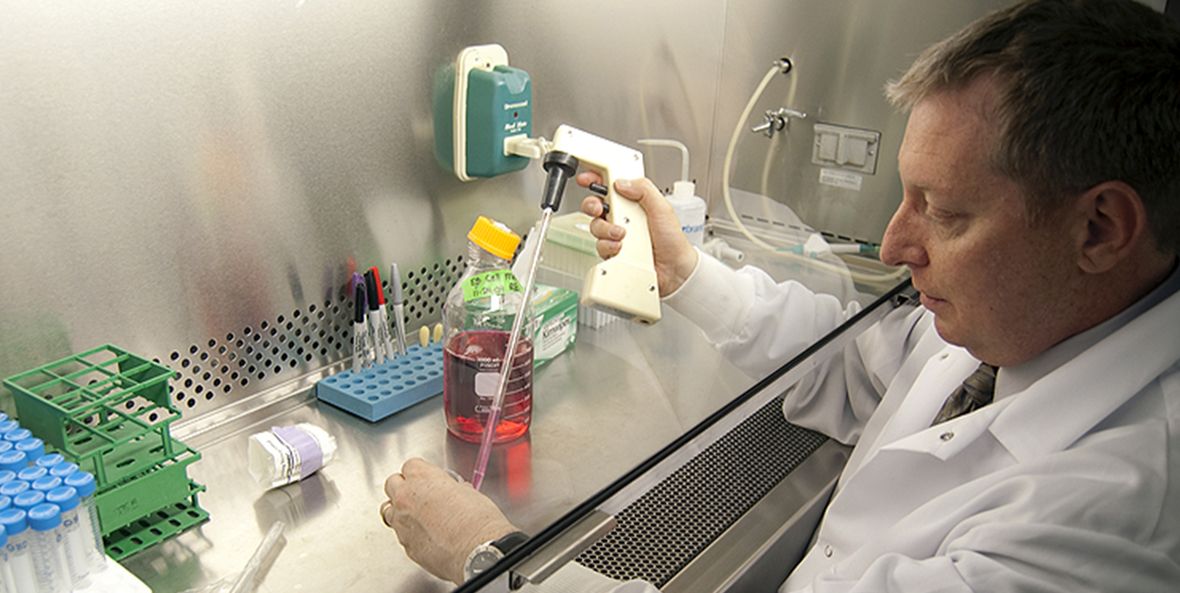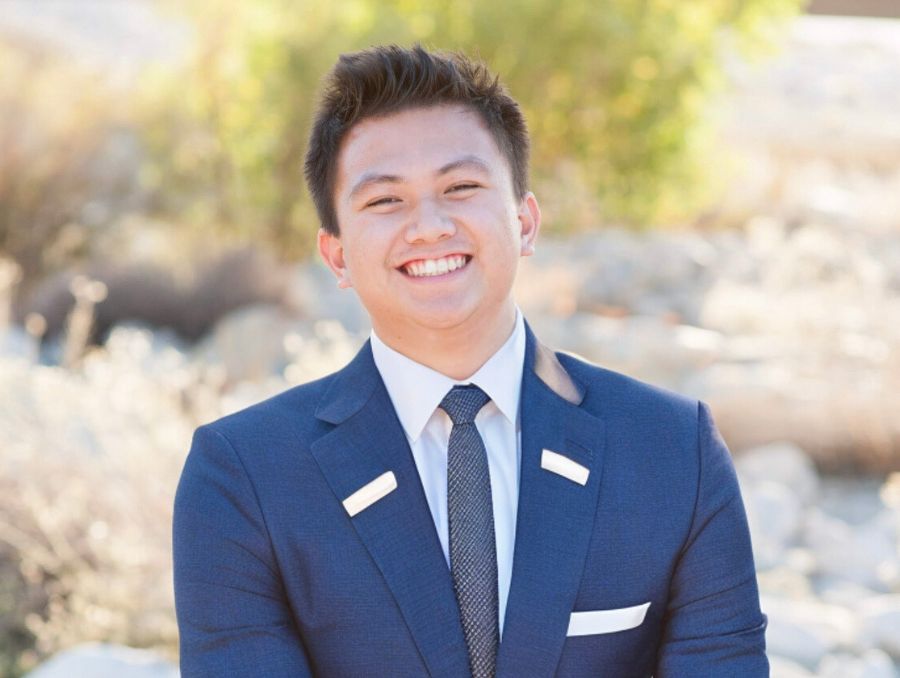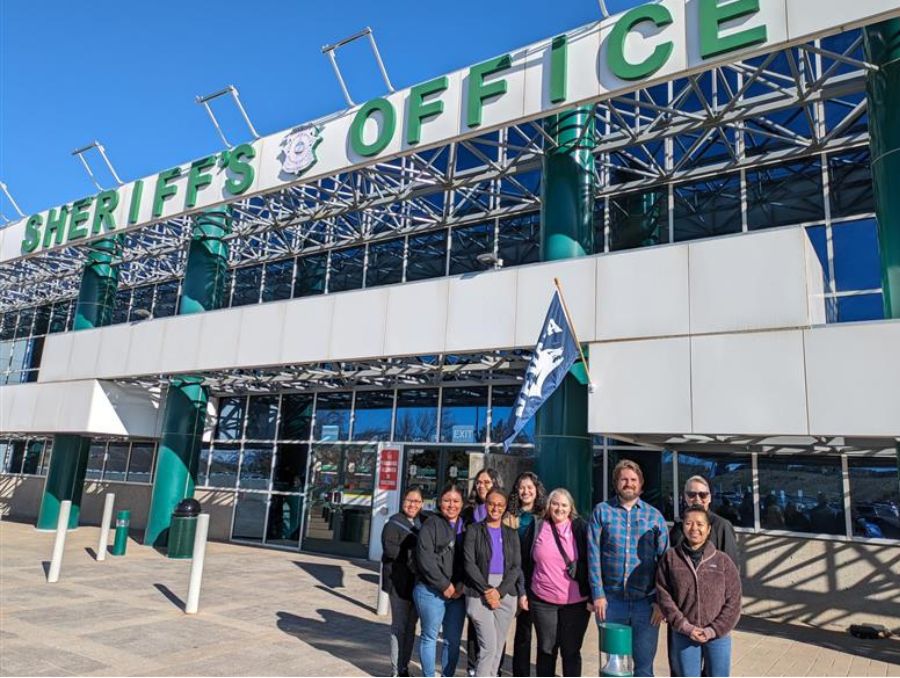Dean Burkin's research is showing promise for children with rare and fatal muscular diseases, in particular, congenital muscular dystrophy, a group of diseases that causes muscle weakness at birth. His pioneering, translational research has identified new protein and molecular therapeutics that are currently in preclinical trials. This patented treatment is commercialized with the University of Nevada, Reno, where Burkin is a professor of pharmacology in the School of Medicine and also serves as director of the Cellular and Molecular Pharmacology and Physiology Graduate Program. The treatment is licensed to StrykaGen, a company founded by Burkin and for which he serves as CEO.
Burkin, who will receive the University's 2017 Foundation Established Innovator Award at the May 16 Honor the Best ceremony, shares insights from his research journey through three questions.
Q: As your research has developed, you've had the opportunity to interact with children with rare muscular dystrophies and their families. What has this experience been like?
A: For children with one of the rare forms of muscular dystrophy we are studying, there's no cure ... they will die at a young age. When this research began, basically I was just in the lab, wearing my lab coat and safety glasses and working with mouse models. But working with the children and families has changed my perspective. The students go to national meetings with me and have the opportunity meet the families and see what they go through. We work hard, but the families work so much harder as caregivers, retrofitting their house and their cars, transporting the child to doctor appointments or a clinical trial. It's amazing to see how much they love their kids. This gives me drive and it gives the students drive as well.
We must be careful. We can't say there is a cure. I always coach my students to be careful about how this information is presented. We have been able to treat some muscular dystrophies in mice, but work still must be done to evaluate effectiveness in people.
Hope is a big thing for the patients and families; they tell us this.
Q: What have you learned through the experience of starting a business?
A: First, it's not for the faint hearted. Running a company is rewarding, but it's also hard. Running a research lab is like running a business and comes with similar responsibilities such as maintaining funding and keeping the team engaged. But running a small company, you are really putting it all out there. There have been ups and downs, but as we get more successful, it is smoothing out.
It's great that UNR has a program to foster the development of technologies that are developed out of the University. Having an incubator in place is important. As researchers, we start with only an idea - we have no other elements of the business in place. The support of the University allows us to apply for and earn grants, to get started and grow. We've hired seven people, most are students or alumni from UNR. We are impacting the state's economy.
Our mission is to take cutting-edge technologies from the bench to the bedside. The academic lab does the basic understanding and research, but a company is needed to take it to the point of a patient clinical trial.
Q: You're a prominent researcher and you're also a teacher. How do those roles overlap?
A: The roles are intertwined. Working with my graduate students or medical students, we teach them about the basics of biology and pharmacology. In the research setting, they learn to apply this knowledge. They learn about ideas and how to test ideas. There will be failures, and we learn from them, too.
We try to create an exciting environment in the lab, to encourage their passion and desire to explore ideas. I tell my students, 'I can give you everything except enthusiasm, but if you have enthusiasm, you are 90 percent there.'
(The Established Innovator Award) is a nice recognition for the work of my laboratory and the students in our lab. We've been working very hard. Without the postdocs and students we would not be at this place.












